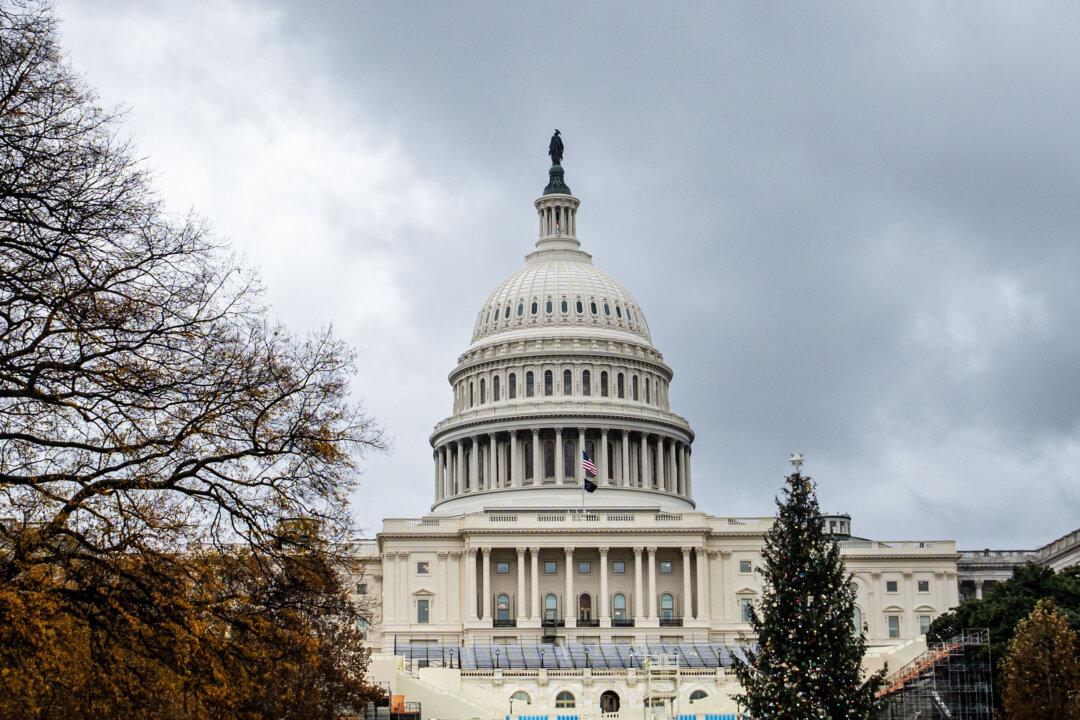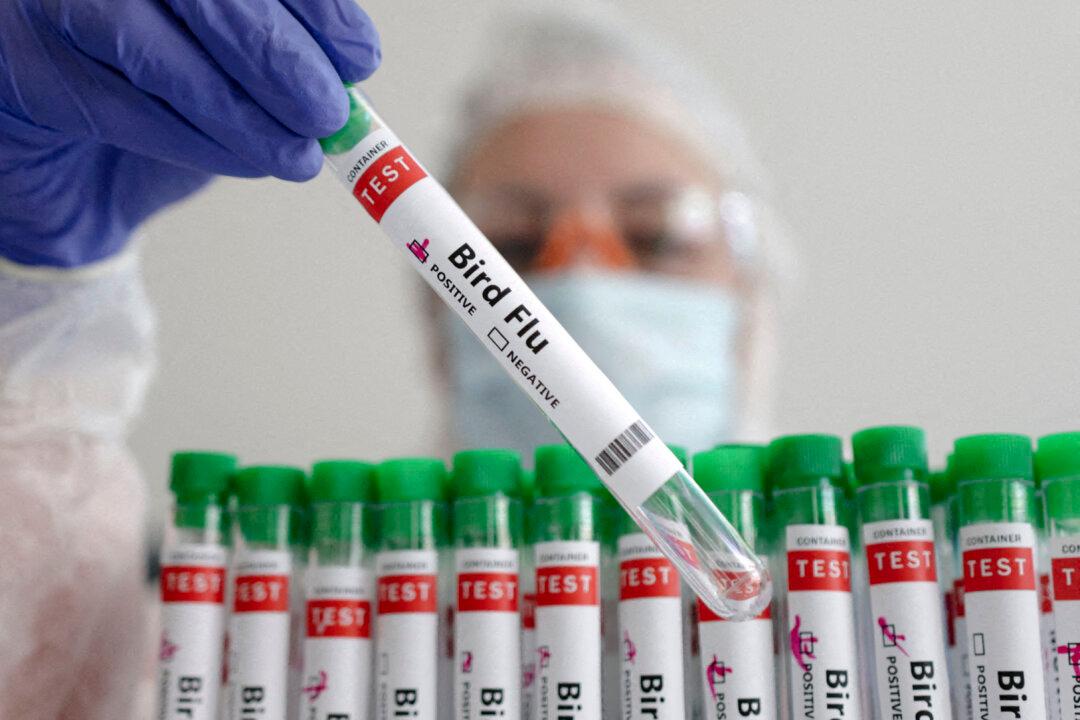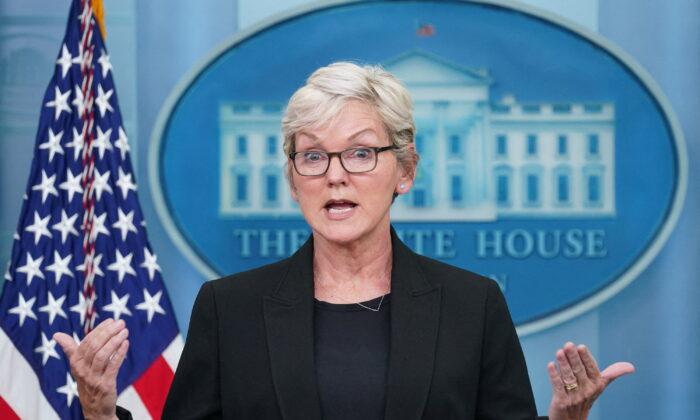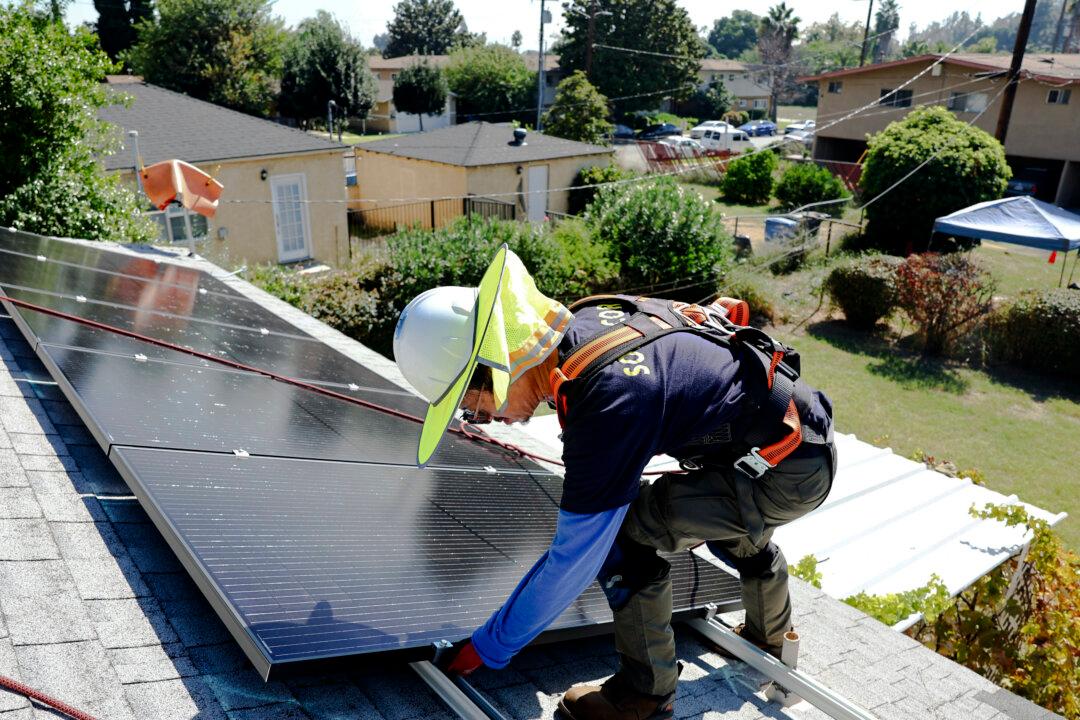Inflation continued to run red hot in September, with the Commerce Department reporting that the headline Personal Consumption Expenditures (PCE) index surged 4.4 percent over the year, to a level not seen since 1991.
The 3.6 percent core PCE growth in the 12 months through September matched the June, July, and August figures, indicating inflation stuck at its highest annual level in 30 years for the fourth month in a row.
At the same time, the core PCE rate of inflation is well above the Fed’s 2 percent target, pressuring policymakers as they consider when and how quickly to roll back some of the stimulus measures that helped lift the economy out of the pandemic lows, but now appear increasingly at odds with elevated prices.
Federal Reserve Chair Jerome Powell acknowledged last week that the factors driving inflation—particularly the supply chain crunch—have not subsided as quickly as policymakers expected.
“The risks are clearly now to longer and more persistent bottlenecks and thus to higher inflation,” he said at a virtual event hosted by the South Africa Reserve Bank. “We now see higher inflation and the bottlenecks lasting well into next year.”
Powell said that while the Fed will start rolling back its $120 billion-per-month bond-buying program that was one of the measures meant to boost economic recovery from the pandemic, but that he doesn’t expect to move faster on raising interest rates.
“I would say our policy is well-positioned to manage a range of plausible outcomes,” he said. “I do think it’s time to taper and I don’t think it’s time to raise rates.”
His remarks come as the Federal Open Market Committee (FOMC)—the Fed’s policy-setting body—will hold its next two-day meeting on Nov. 2 and 3.
The FOMC has signaled it would raise interest rates at some point in 2023 and begin tapering the Fed’s asset-buying program as early as November.
The Commerce Department report also showed that month-over-month PCE inflation came in at 0.3 percent in September, matching August’s rate, while core PCE retreated to a monthly 0.2 percent, down from the prior month’s 0.3 percent.
The data also showed that U.S. consumers slowed their spending to a gain of just 0.6 percent in September, a warning sign for the economy. Consumer spending is a key driver of the U.S. economy, accounting for around 70 percent of output.





